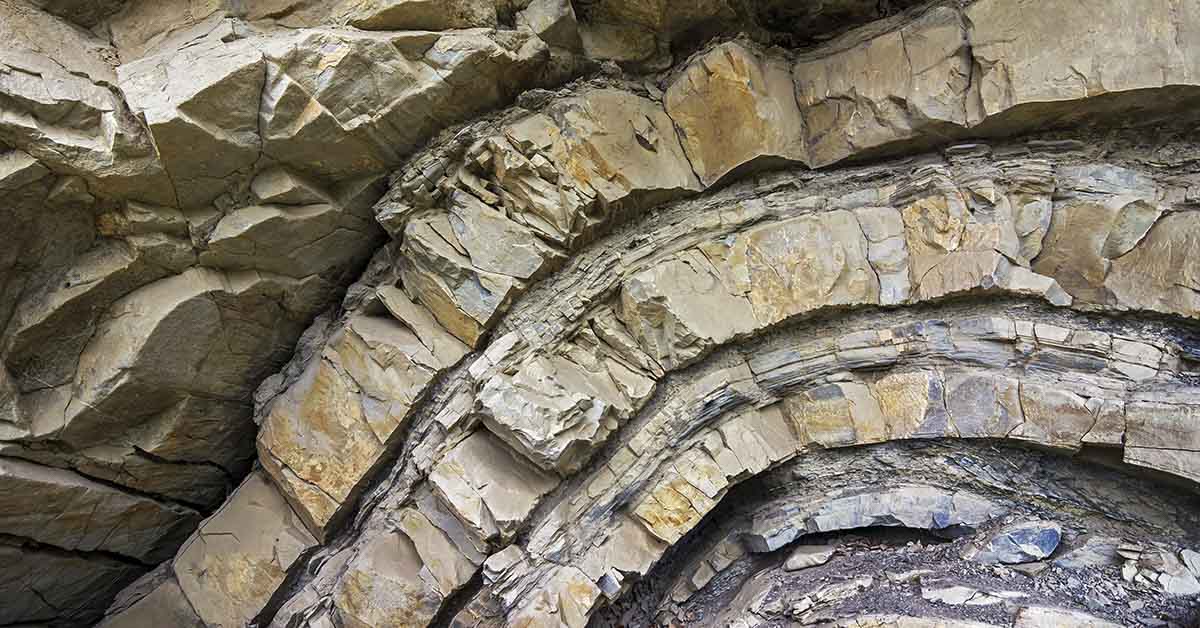Scientists digging deep into Earth’s ancient crust have made an astonishing discovery. While examining rock samples from miles beneath the surface, they found intricate tunnels unlike anything seen before. These strange passageways were not random cracks or natural fractures. Instead, they showed clear signs of being carved by an unknown lifeform. Because of this, researchers quickly realized they had stumbled onto something remarkable—evidence that life can exist in places once thought completely uninhabitable.
This unknown lifeform thrived without sunlight, oxygen, or any traditional source of nutrients. Therefore, as studies continue, this discovery could unlock new secrets about Earth’s hidden ecosystems—and even guide future searches for life beyond our planet.
A Stunning Discovery Deep Within the Earth
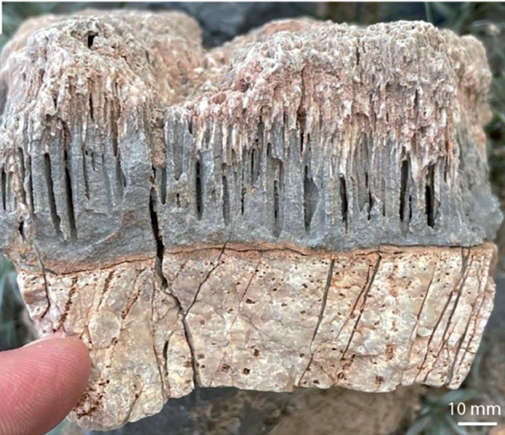
Scientists drilling deep into Earth’s crust recently uncovered an incredible surprise—ancient tunnels created by an unknown lifeform. At first, these twisting structures didn’t match any known biological or geological process. Researchers immediately knew they were looking at evidence of life surviving in extreme isolation. Moreover, the tunnels were buried deep beneath the surface, sealed in rocks untouched for millions of years. Their organized shapes hinted at deliberate construction by some mysterious organism. As a result, scientists now believe this discovery could change our entire understanding of life on Earth. The presence of an unknown lifeform so deep underground opens a world of possibilities.
The Mysterious Tunnels
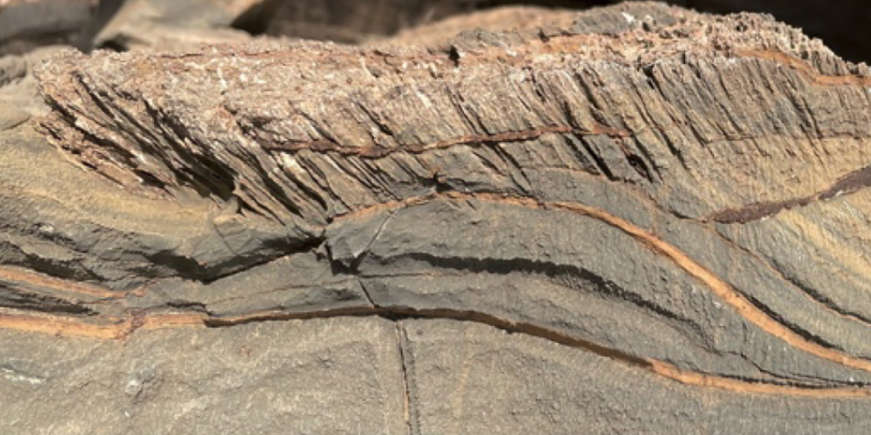
Under high-powered microscopes, the tunnels appeared as tiny, intricate passageways carved through solid stone. Their smooth walls and consistent shapes ruled out natural cracking. Instead, the tunnels suggested that something alive had shaped them with precision. Meanwhile, no known microbes, worms, or fungi fit the profile. Some tunnels were so narrow they could only have been made by incredibly small organisms. Researchers realized they were dealing with an extreme survivor. Even more, the deeper they looked, the stranger the mystery became.
A Lifeform Beyond Our Imagination

Chemical analysis of the tunnels revealed biological signatures, but something didn’t add up. When scientists tested the material, it didn’t match any known form of life. In fact, the DNA fragments couldn’t be placed within bacteria, archaea, or eukaryotes. This left researchers considering the possibility of a brand-new “fourth domain” of life. Such a domain would completely reshape biological classification. Therefore, the discovery of an unknown lifeform living miles underground shows just how little we truly understand our planet. Every new finding opens more questions than answers.
Where the Samples Came From
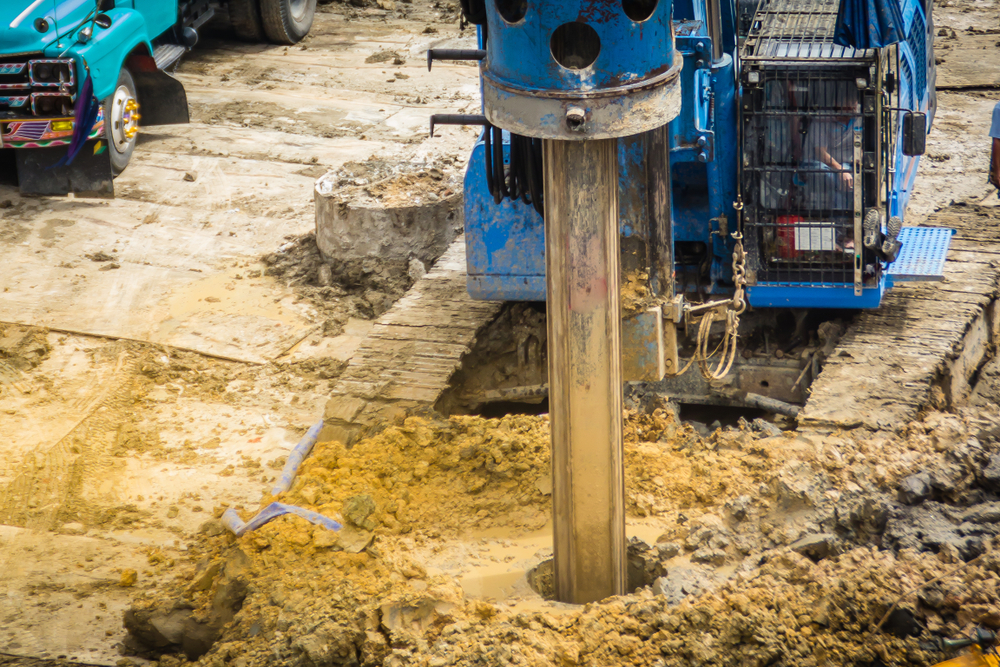
The drilling project targeted ancient, deep rocks untouched by surface ecosystems. Scientists extracted these samples from remote locations known for extreme conditions. These rocks, subjected to intense heat and crushing pressure, seemed unlikely places for life. However, deep within, they found the telltale tunnels. Some rocks dated back millions—or even billions—of years. If life existed there for that long, it would change our understanding of life’s persistence. As a result, the discovery of life in such a harsh environment stunned the research team.
How Scientists Studied the Tunnels

To understand the tunnels, researchers turned to electron microscopes and chemical mapping tools. These powerful technologies revealed that the tunnels had biological origins. They showed signs of movement, chemical reactions, and even possible feeding behaviors. Moreover, no known natural process could explain these results. Scientists quickly ruled out cracking, erosion, or mineral deposits. Every test pointed back to a living creature. Discovering signs of an unknown lifeform in solid rock pushed scientists to rethink the limits of life.
Breaking the Rules of Biology

This mysterious lifeform didn’t follow the usual biological rules. Most life depends on sunlight, oxygen, or organic nutrients. However, this organism seemed to survive entirely differently, possibly drawing energy from chemical reactions with minerals. Such resilience is almost unheard of. It shows that life can adapt in ways scientists had never imagined. Because of this, biology textbooks may need serious updates in the future. Life’s flexibility continues to surprise even the experts.
The Search for Extraterrestrial Life
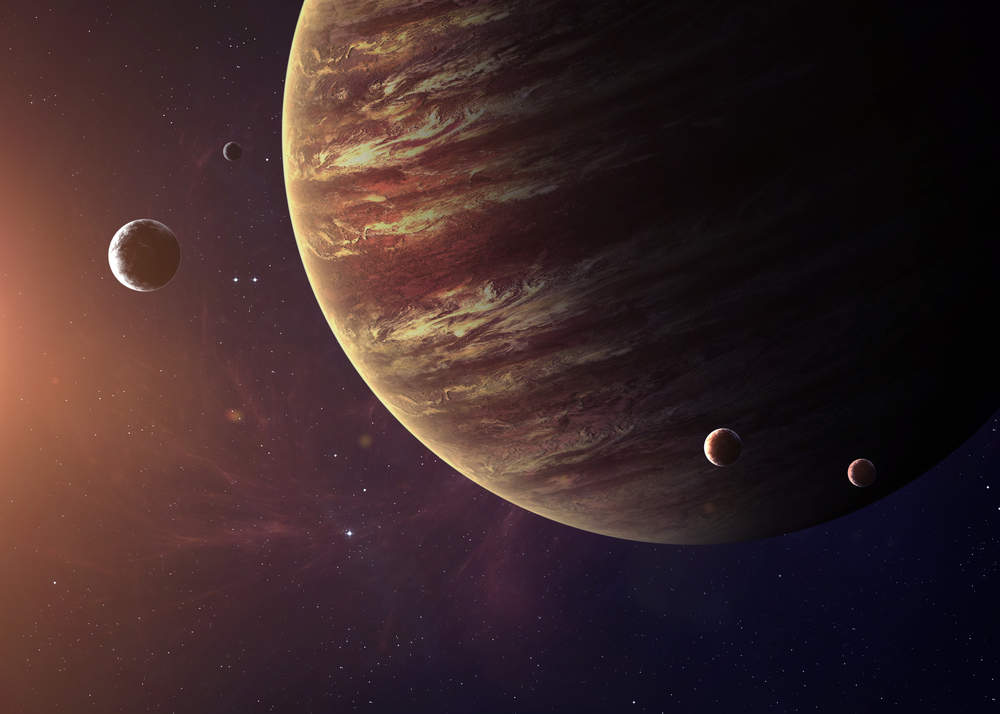
The discovery of an unknown lifeform hidden in Earth’s crust has big implications for space exploration. If life can thrive in such extreme conditions here, it could survive on other planets too. For example, worlds like Mars and Europa have similar underground environments. Therefore, scientists now believe future missions should search beneath planetary surfaces, not just above them. The mysterious tunnels offer a powerful reminder: life finds a way, even in the harshest places. This changes how we look for alien life across the cosmos.
Could There Be More Unknown Lifeforms?
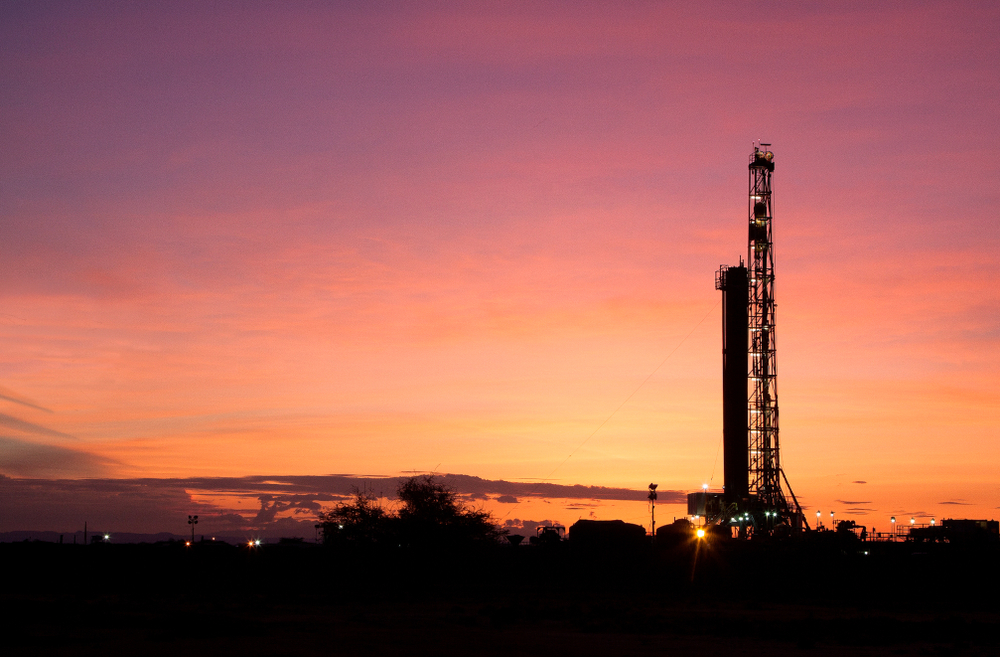
Earth’s subsurface remains one of the least explored frontiers. Vast networks of tunnels and hidden ecosystems could still exist miles below our feet. Scientists now suspect that more undiscovered organisms are waiting to be found. Moreover, some suggest ancient, isolated ecosystems could stretch across entire continents underground. Each new drilling mission brings the chance of another revolutionary find. As a result, the hidden world below us could be far more vibrant and diverse than anyone imagined. The search is only beginning.
Skepticism and Caution

Even with exciting findings, scientists urge caution. Discovering an unknown lifeform would be groundbreaking, but it requires absolute proof. On the other hand, some researchers suggest rare geological processes could mimic biological patterns. Others demand more DNA analysis before rewriting biology books. Extraordinary claims need extraordinary evidence, after all. Teams around the world are working to verify the results independently. Eventually, whatever the final answer, this discovery has already changed how we think about life underground.
A New Chapter in Earth’s History
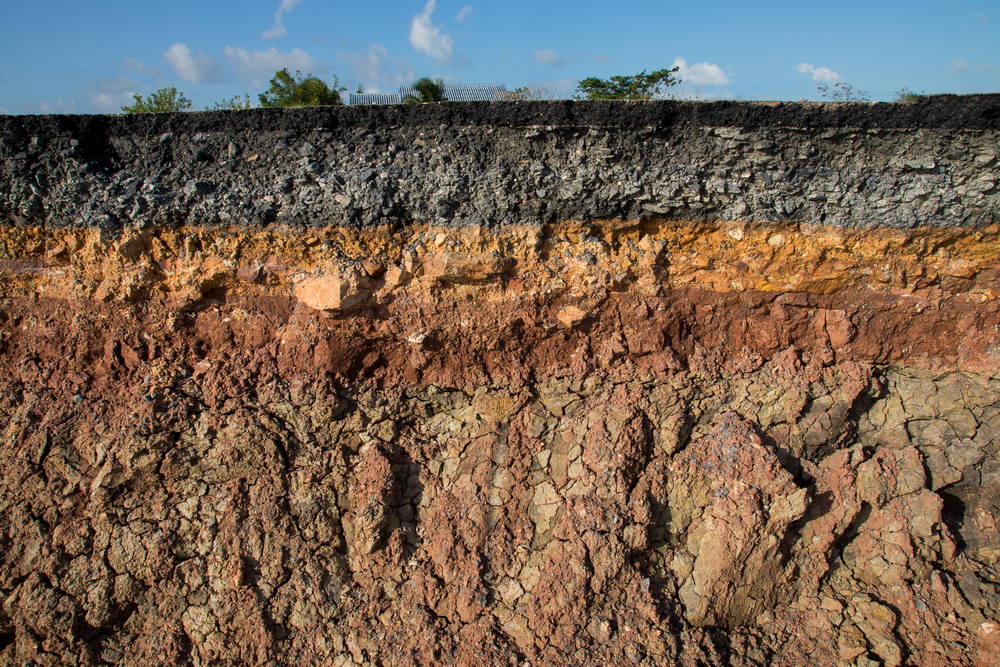
If confirmed, this discovery will rewrite humanity’s understanding of Earth’s biological history. It would prove that life is far tougher and more adaptable than we ever imagined. Scientists might have to redraw the evolutionary tree, adding new, unexpected branches. Surprisingly, the tunnels carved by an ancient organism show that incredible mysteries remain right beneath our feet. This is just the beginning of exploring life deep within the Earth. Therefore, the next chapter promises to reveal even more hidden wonders.
Earth’s Deepest Secrets Are Waiting

The discovery of an ancient unknown lifeform shows that Earth’s deepest layers are full of secrets. Life continues to surprise us, thriving where logic says it shouldn’t. Meanwhile, as researchers push deeper, they’ll uncover more hidden ecosystems and perhaps entirely new forms of life. Some of the greatest mysteries aren’t out in space—they’re buried right here at home. Humanity’s journey into Earth’s depths is just beginning. Because of this, the discoveries ahead could change our world forever.
